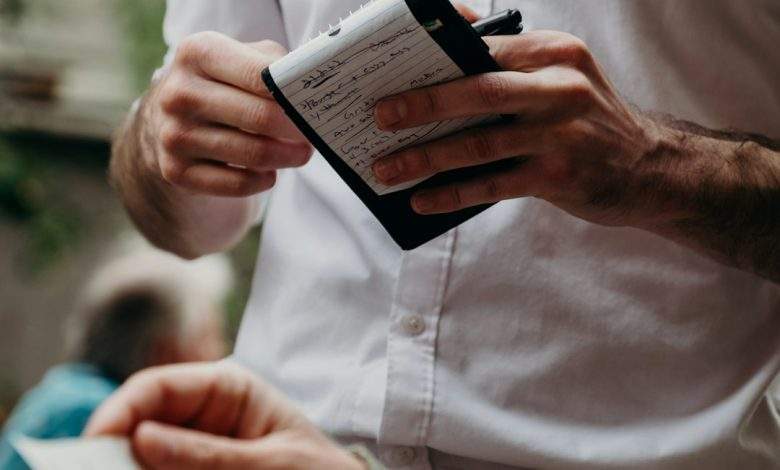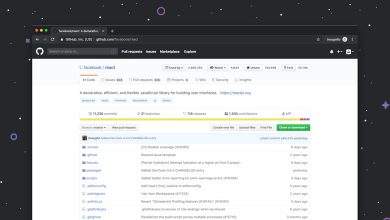
How to Prevent Sites From Blocking Your VPN
Trying to browse the internet with a VPN, but keep getting blocked? That’s frustrating! Whether you’re trying to watch a show or visit a website from another country, it’s annoying when a site says *”Nope, we see that VPN!”* But don’t worry. We’ll show you simple tricks to help stop sites from spotting your VPN in the first place.
Why Do Sites Block VPNs?
Good question! Websites often block VPNs to:
- Enforce regional content rules (like Netflix)
- Prevent spam and fraud
- Comply with local laws
When lots of people use the same VPN server, it’s easy for a website to spot it. They add that server’s IP address to a blocklist. Bam! You’re locked out.
How Can You Outsmart the Block?
Now for the fun part. Let’s look at clever and simple ways to keep sites from knowing you’re using a VPN.
1. Switch Servers
This is the easiest trick. If one server doesn’t work, pick another in the same country. VPNs usually have lots of them. Sometimes a fresh IP is all you need.
2. Choose a Quality VPN
Not all VPNs are created equal. Use one known for beating VPN blocks, like:
- ExpressVPN
- NordVPN
- Surfshark
These services rotate IPs and are often one step ahead of blocks.
3. Try Obfuscated Servers
Obfuscated what? Obfuscated servers hide the fact that you’re using a VPN. They make your internet traffic look normal. Many top VPNs offer these special servers. Use them when regular ones don’t work.
[ai-img]vpn server, internet blocking, obfuscation[/ai-img]4. Use a Dedicated IP
Most VPNs give shared IPs. That means you and a bunch of strangers are using the same IP address. Easy to block.
A dedicated IP is just for you. Fewer people use it, so it’s less likely to get flagged.
5. Change VPN Protocols
VPNs use something called protocols to tunnel your connection. Sometimes, changing the protocol can help you sneak past firewalls. Try switching to:
- OpenVPN
- WireGuard
- IKEv2
Each one works a bit differently. If one doesn’t work, the other just might!
6. Enable Kill Switch and DNS Leak Protection
You don’t want your real IP slipping out when the VPN drops for a second. That’s how sites catch you red-handed.
Kill Switch: Cuts your internet if the VPN fails.
DNS Leak Protection: Keeps your DNS requests inside the VPN tunnel.
7. Clear Your Digital Tracks
Even with the best VPN, cookies and browser history can give you away.
Try this:
- Clear your cookies and cache.
- Use private/incognito mode.
- Don’t log into accounts that reveal your location.
8. Use a Different Port
Some services block VPN ports. But most VPNs let you switch ports.
For example, port 443 is used for HTTPS (secure websites). It’s almost never blocked. Change your VPN port to 443 if VPN traffic is being restricted.
Bonus Tip: Ask the VPN Support
They’re smarter than you think. VPN providers often have custom workarounds for common problems. Chat with their support team. You’d be surprised what they can do for you.
Final Thoughts
VPN blocks aren’t the end of the world.
With a little patience and these cunning tricks, you’ll be surfing freely again in no time.
Websites try to outsmart VPNs. But now you know how to stay ahead of the game. Happy browsing!



